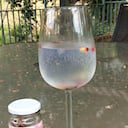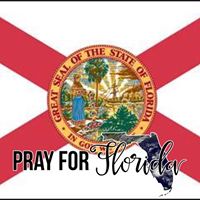What is the approximate percentage of the world's food crops that are pollinated by insects?
About 80% of angiosperms (flowering plants) rely on biotic pollination.
More commonly, pollination involves pollinators (also called pollen vectors): organisms that carry or move the pollen grains from the anther of one flower to the receptive part of the carpel or pistil (stigma) of another. Between 100,000 and 200,000 species of animal act as pollinators of the world's 250,000 species of flowering plant. The vast majority of these pollinators are insects.
Entomophily (pollination by insects) often occurs on plants that have developed colored petals and a strong scent to attract insects such as, bees, wasps and occasionally ants (Hymenoptera), beetles (Coleoptera), moths and butterflies (Lepidoptera), and flies (Diptera). The existence of insect pollination dates back to the dinosaur era.
More Info:
en.wikipedia.org











